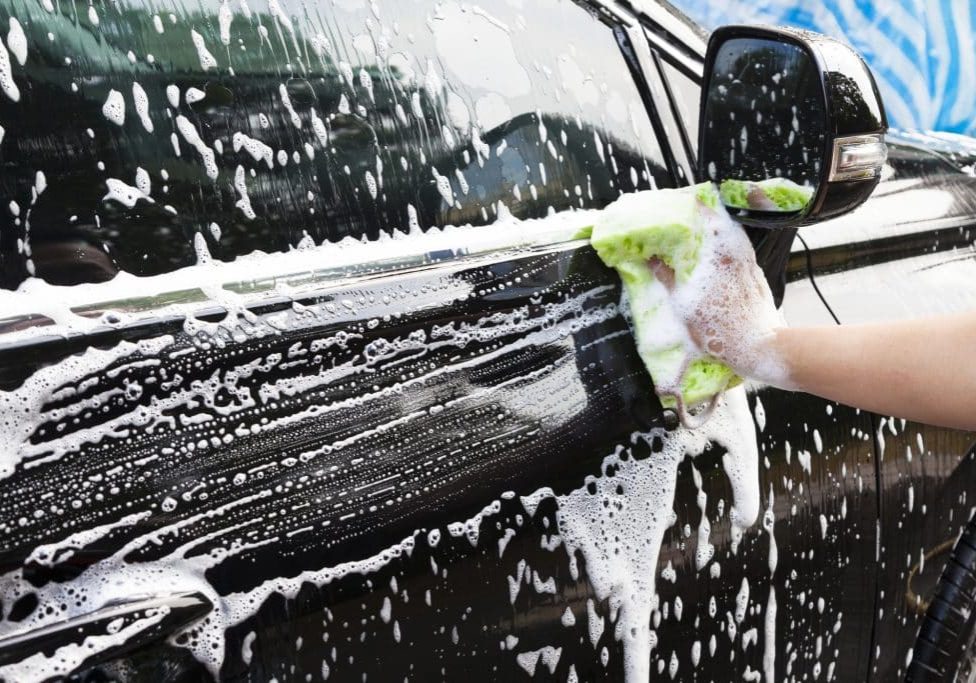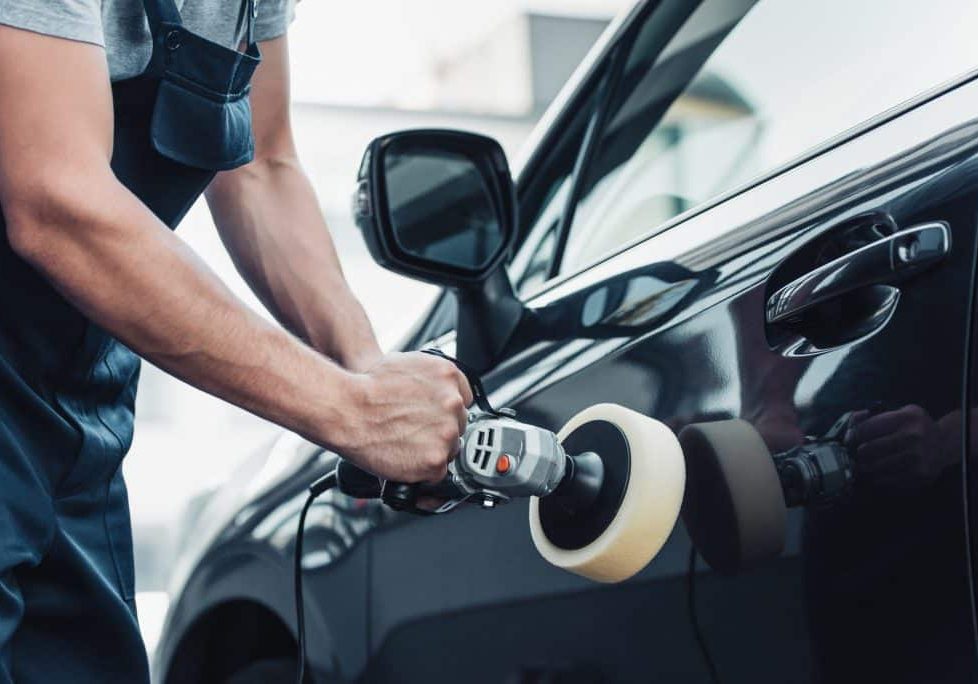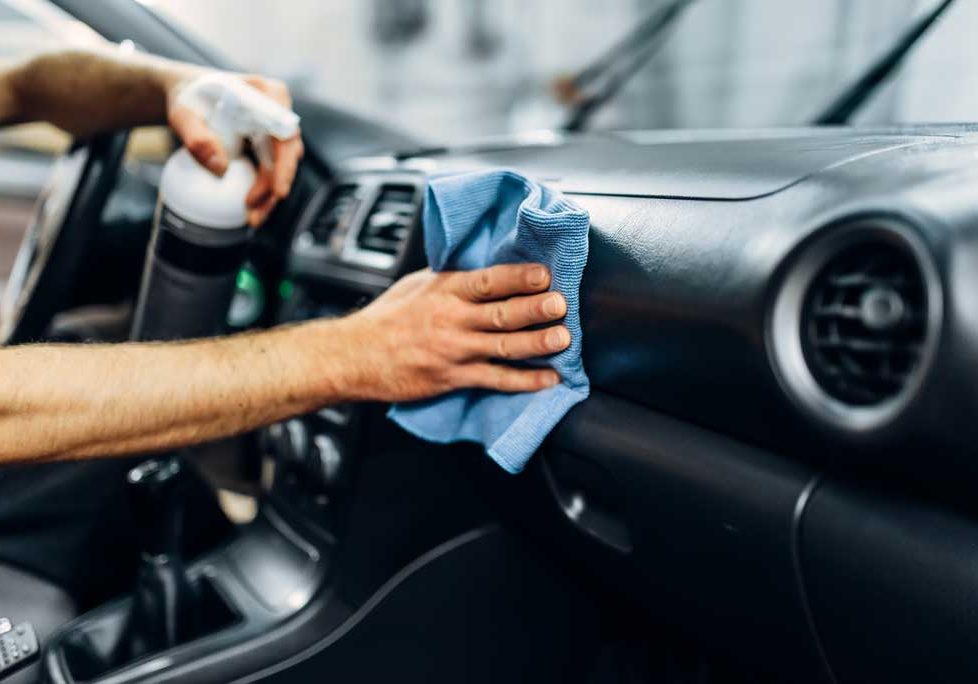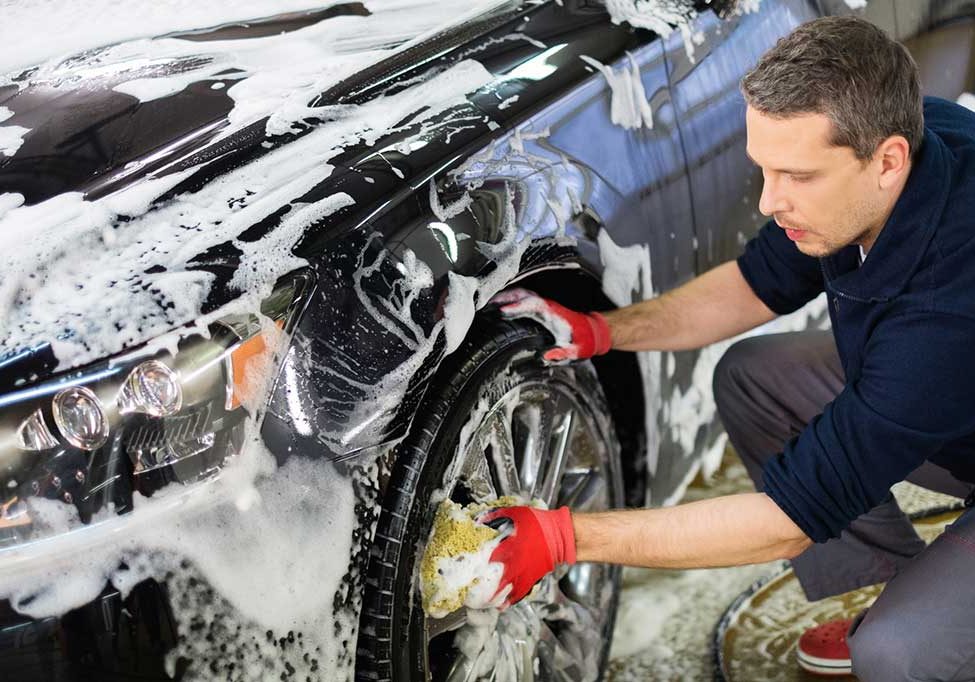Auto Detailing Services in Jupiter, Florida - We Come to You!
Fast quotes, prompt turnaround, and service you'll love.
Auto Detailing Services in Jupiter, Florida - We Come to You!

Fast quotes, prompt turnaround, and service you'll love.
You're Going to Love The Results
Whether you are a meticulous car enthusiast or just someone who needs a deep car cleaning, we will make you whole again.
Here's a breakdown of what we do.
★ Interior Cleaning

★ Exterior Car Wash

★ Wax & Buff

★ Window Cleaning

★ Dashboard & Console

★ Wheel & Tire Cleaning

Pricing
Basic
- Exterior Wash & Dry
- Interior Vacuuming
- Window Cleaning
- Dashboard & Console Wipe Down
- Wheel & Tire Cleaning
- Light Clay Bar Treatment
- Basic Wax & Sealant Application
Premium
- Everything in the Basic Package
- Full Interior Steam Cleaning
- Leather or Upholstery Treatment
- Odor Removal
- Headlight Restoration
- Paint Polishing (Light Paint Correction)
- Wax Sealant With Enhanced Durability
Ultimate
- Everything in the Premium Package
- Engine Bay Cleaning and Dressing
- Paint Correction (Moderate)
- Ceramic Coating Application
- Trim Restoration
- Fabric Protection
- Custom Scented Air Freshener
FAQs
ANSWER: Car detailing is a comprehensive cleaning and restoration process for a vehicle's interior and exterior. Unlike a car wash, detailing involves meticulous cleaning, polishing, and protection, addressing every nook and cranny.
ANSWER: We are a mobile detailing operation. That means that we only service customers' cars at the customer's location.
ANSWER: Most of the work we do is in Jupiter, Florida but we will drive out side of Jupiter to Tequesta, Palm Beach Gardensa and Parts of North Palm. Much depends on our schedule. You can always get in touch with us and ask.
ANSWER: We accept cash, credit cards, Venmo and Zelle.
ANSWER: Waxing provides a temporary protective layer, while ceramic coating offers longer-lasting protection. Ceramic coatings provide enhanced durability, resistance to scratches, and a more robust shield against environmental elements.
ANSWER: A light clay bar treatment is a car detailing technique used to remove contaminants and impurities from the surface of the vehicle's paint. A clay bar is a soft, pliable material gently rubbed across the paint, picking up and pulling away contaminants that have bonded to the surface.
Here's how the process typically works:
-
Assessment: The detailer assesses the condition of the paint to determine if a clay bar treatment is necessary.
-
Surface Lubrication: A lubricant, often a detailing spray or soapy water, is applied to the surface of the paint. This lubrication is crucial to prevent scratching during the clay bar process.
-
Clay Bar Application: The clay bar is gently rubbed across the lubricated surface. The clay bar grabs onto contaminants, pulling them away from the paint.
-
Regular Inspection: The detailer regularly inspects the clay bar to see the contaminants it has picked up. When one side of the clay bar becomes too soiled, it is folded or kneaded to expose a clean surface.
-
Final Wipe Down: After the clay bar treatment, the vehicle is often given a final wipe down to remove any residue left by the clay.
The contaminants that a clay bar can remove include road grime, brake dust, industrial fallout, tree sap, tar, and other pollutants that can adhere to the paint over time. This process helps create a smoother and cleaner surface, preparing the paint for further detailing steps like polishing and waxing. Light clay bar treatment is generally suitable for mildly contaminated paint, while more intensive clay bar treatments may be needed for heavily contaminated surfaces.
ANSWER: Yes, we absolutely do. Treat someone special to the gift of a beautifully detailed car. Just get in touch and we'll set you up with a gift certificate for the package of your choosing.
ANSWER: We use professional-grade detailing products that are safe for your car and the environment. Many of our products are eco-friendly and biodegradable.
ANSWER:
Paint polishing, often referred to as "light paint correction," is a car detailing process aimed at improving the appearance of a vehicle's paint by removing minor imperfections and enhancing its overall shine. Light paint correction is typically performed to address issues such as swirl marks, light scratches, oxidation, and other minor defects without removing a significant amount of clear coat.
Here's an overview of the process:
-
Assessment: The detailer assesses the condition of the vehicle's paint, identifying imperfections like swirl marks, fine scratches, or dullness.
-
Surface Preparation: The vehicle is thoroughly washed and decontaminated to ensure a clean surface for the polishing process.
-
Test Spot: A small test spot may be polished to determine the appropriate polishing pad, compound, and technique for the specific paint.
-
Polishing: Using a machine polisher, the detailer applies a polishing compound to the paint surface. The compound contains fine abrasives that help to remove or minimize imperfections.
-
Multiple Passes: The polishing process may involve multiple passes to achieve the desired level of correction without compromising the clear coat.
-
Final Inspection: After polishing, the vehicle is inspected to ensure that swirl marks and minor scratches have been effectively reduced or eliminated.
-
Finishing Steps: Depending on the specific detailing process, additional steps like applying a finishing polish or a protective wax or sealant may be performed to enhance the gloss and protect the newly polished surface.
Light paint correction is suitable for vehicles with minor paint imperfections and is a less aggressive approach compared to heavy paint correction, which involves more abrasive compounds and may remove a thicker layer of clear coat. The goal is to enhance the paint's clarity, depth, and overall appearance while preserving the integrity of the clear coat.
ANSWER:
Moderate paint correction is a more intensive car detailing process compared to light paint correction. It involves addressing a higher level of paint imperfections, including deeper scratches, more pronounced swirl marks, and other moderate defects. The primary difference lies in the aggressiveness of the compounds and polishes used, as well as the amount of clear coat that may be removed during the correction process.
Here's an overview of moderate paint correction:
-
Assessment: The detailer assesses the paint's condition, identifying moderate to severe imperfections that go beyond what light paint correction can effectively address.
-
Surface Preparation: Similar to light paint correction, the vehicle undergoes thorough washing and decontamination to ensure a clean surface.
-
Test Spot: A test spot is often performed to determine the appropriate combination of compounds and polishing pads to achieve the desired correction level.
-
Compounding: More abrasive compounds are used during the compounding phase to remove or significantly reduce moderate paint imperfections. This process may involve multiple passes.
-
Polishing: After compounding, a polishing step is performed to refine the paint surface and eliminate any remaining haze or micro-marring.
-
Final Inspection: The vehicle is thoroughly inspected to ensure that moderate defects have been successfully addressed and that the paint exhibits a high level of correction.
-
Finishing Steps: As with light paint correction, finishing steps such as applying a fine polish or protective wax or sealant may be carried out to enhance gloss and protect the newly corrected surface.
While light paint correction is designed to address minor imperfections without removing much clear coat, moderate paint correction involves a more aggressive approach. It may result in the removal of a slightly thicker layer of clear coat, making it suitable for vehicles with more noticeable and deeper paint defects. However, it is essential to balance correction with the preservation of clear coat thickness to ensure the long-term health of the paint.
ANSWER:
Odor removal in cars is a car detailing process that aims to eliminate unwanted smells from the vehicle's interior. Jupiter Detail uses various techniques and products are used depending on the type of odor and its source. Here's an overview of how odor removal is typically done:
-
Identification of Odor Source:
- The first step is to identify the source of the odor. Common sources include cigarette smoke, pet odors, food spills, mold, mildew, and general accumulated dirt.
-
Interior Cleaning:
- Thoroughly clean and vacuum the entire interior, including carpets, seats, and any other surfaces where odors might linger. This helps remove loose dirt and debris that could contribute to the smell.
-
Ozone Treatment:
- Ozone generators may be used to neutralize odors by producing ozone, which breaks down and eliminates odor-causing molecules. However, ozone generators should be used by professionals in controlled environments due to potential health risks.
-
Steam Cleaning:
- For odors embedded in upholstery or carpets, steam cleaning can be effective. High-temperature steam helps break down and lift stubborn odors.
-
Air Fresheners and Deodorizers:
- Air fresheners or deodorizers specifically designed for automotive use may be applied to leave a pleasant scent after removing the unpleasant odor. However, it's important to address the source of the smell rather than just masking it.
-
Activated Charcoal:
- Placing activated charcoal in the car can help absorb and neutralize odors. Activated charcoal is known for its ability to absorb and trap various odorous compounds.
-
Enzymatic Cleaners:
- Enzymatic cleaners are effective for removing organic odors such as those from pet accidents. These cleaners contain enzymes that break down organic compounds, eliminating the source of the smell.
-
HVAC System Cleaning:
- Cleaning the heating, ventilation, and air conditioning (HVAC) system helps eliminate odors that may be circulating through the air vents.
-
Professional Detailing Services:
- In severe cases, professional detailing services may use specialized equipment and techniques to address persistent odors.
The type of odor removal method used depends on the nature of the odor. It's crucial to identify and address the source rather than simply masking the smell, as this ensures a more effective and lasting solution. With stubborn orders, we usually have an in-depth conversation with the customer to decide on the best approach.